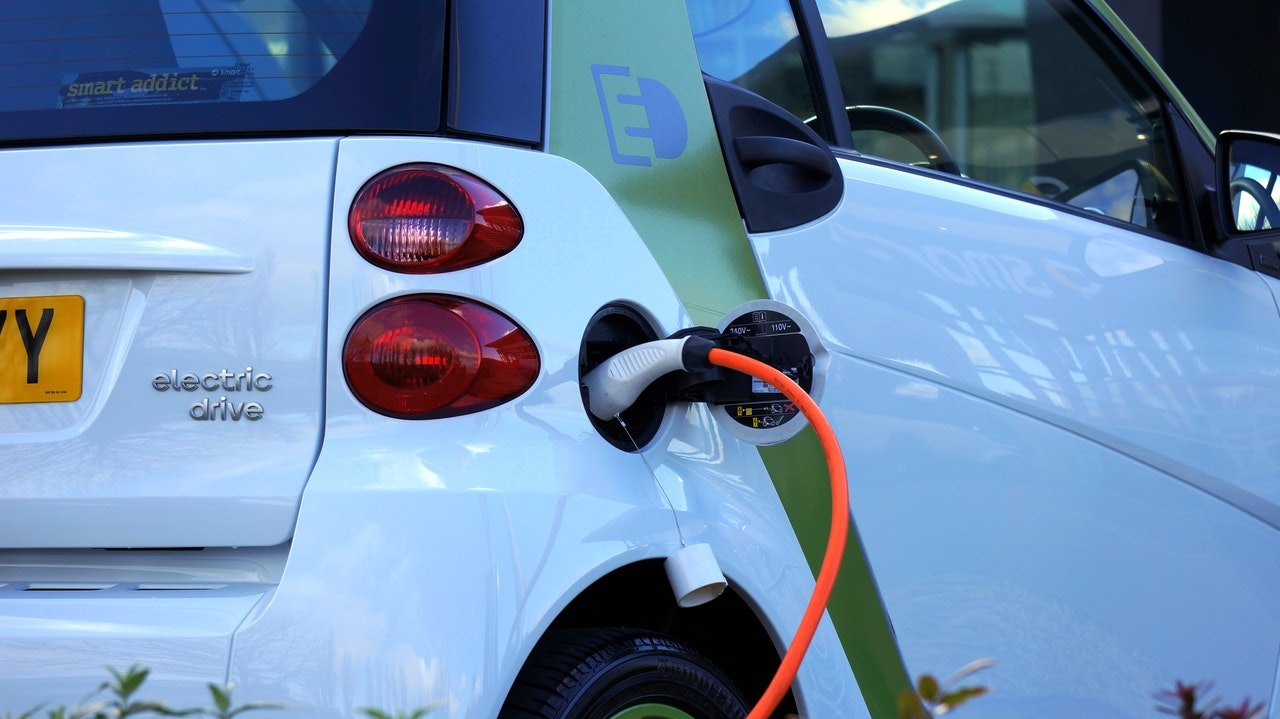By: Michelle Hill
This article first appeared in Forbes on June 30, 2019.
The automotive industry today finds itself in a no man’s land of risk and reward and contradicting trends. While the number of electric cars on the road topped five million at the end of 2018—67 percent higher than the year before—consumers also have not lost their taste for internal combustion and big cars, especially in the United States where light truck sales represented a record 69 percent of vehicle sales last year.
For automakers, it's a constant struggle to find the appropriate balance between a commitment to the future and satisfying the current demands of customers. To thrive, manufacturing plants must be able to switch from making sedans one day to sport-utility vehicles and electric cars the next.
Robot technology is no longer a nice-to-try experiment for pioneering automakers.
But just as newer technologies represent one of the industry’s biggest challenges, they also may provide its salvation: To achieve the kind of flexibility in production and design the current marketplace demands, automakers will have to rely increasingly on the latest robots and their expanding capacity to collect, interpret, and act upon reems of real-time data.
Driverless bots
No longer the monuments to over-engineering and complexity they once were, the latest robotic technologies offer automakers the kind of elasticity necessary to switch models in production daily with a minimum of down time and a maximum of value-added work. Increasingly working side by side with humans, much of the newest generation of lighter, more agile and precise robots can be redeployed after simple reprogramming, and like their human counterparts, many have the capacity to “learn” on the job and move from task to task on their own. Some are even allowed to roam the factory floor unsupervised, following programmed paths.
To read the rest of this article, click here.


